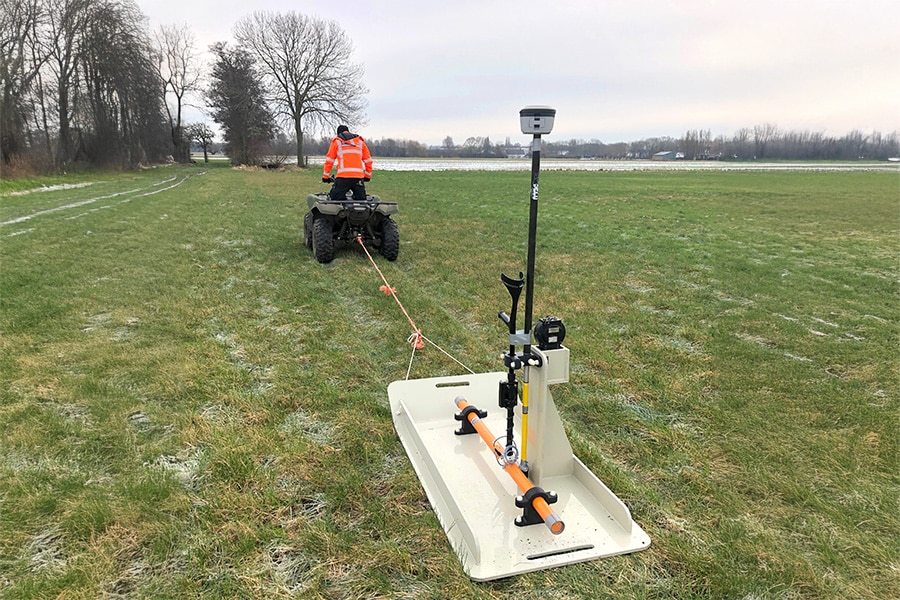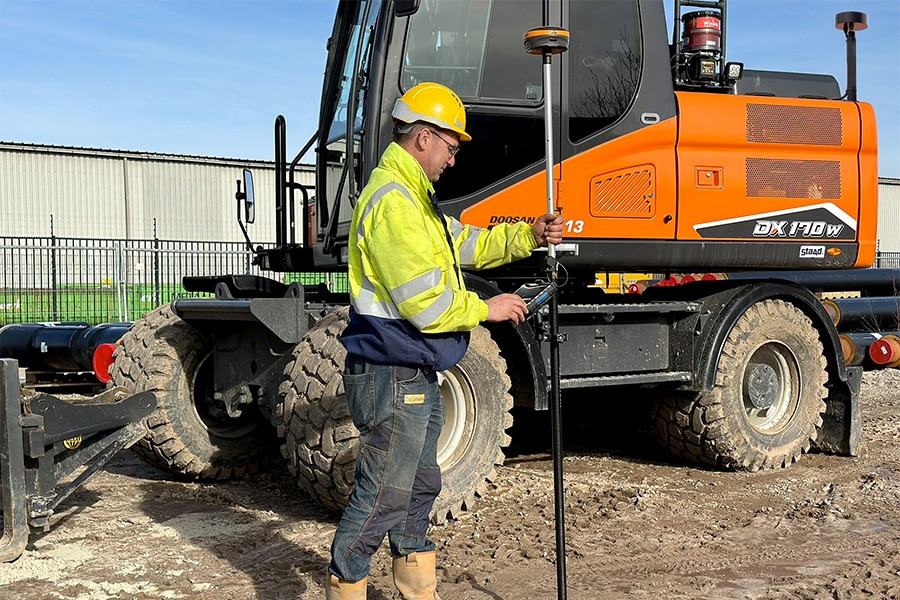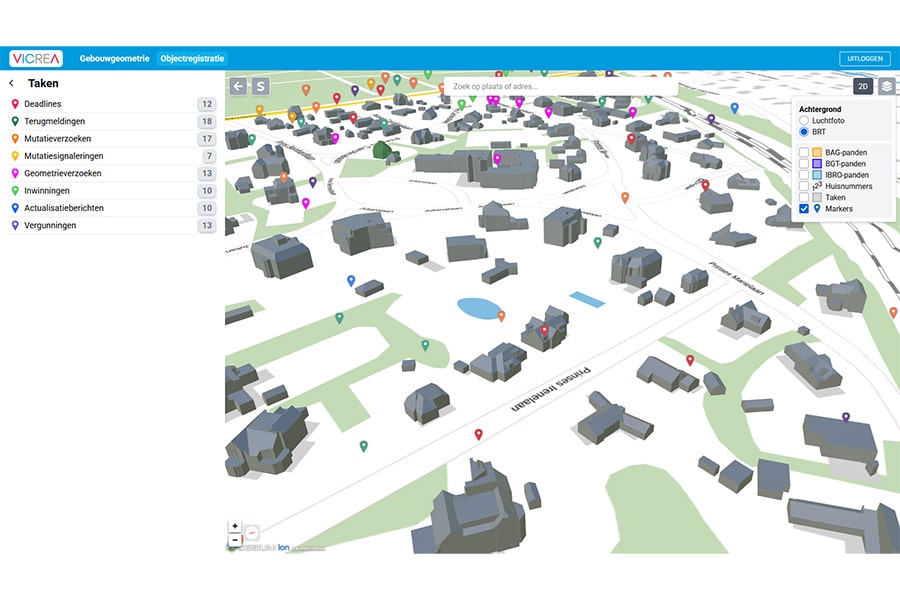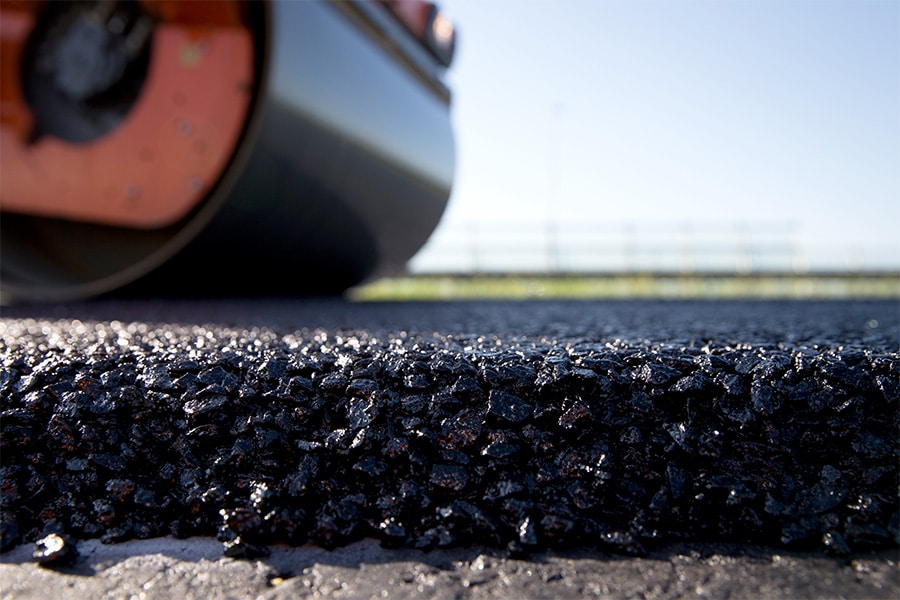
Toward circular road paving
In road construction, innovations are in full swing to make the sector more sustainable. Substantial CO2 reductions can be achieved. The ambition of the Ministry of Infrastructure and Water Management and the Department of Public Works is to be climate-neutral and circular by 2030. By setting the bar ever so slightly higher and offering long-term prospects, the market will be triggered to become more sustainable.
Making road construction more sustainable is an important spearhead for Rijkswaterstaat, says Marlouke Durville, chief engineer director (HID) of Rijkswaterstaat Water, Traffic and Environment. "Also because we know that this is precisely where a lot of gains can be made in terms of CO2 emissions, especially in terms of material use." Frederieke Knopperts, Sustainable Infrastructure program manager at Rijkswaterstaat, adds: "From the climate-neutral and circular infrastructure strategy, we have identified four areas of work with the greatest climate impact. We call these transition paths. The transition path sustainable road paving is one of them. We are also focusing our arrows on making engineering structures, road, dike and rail equipment more sustainable, and shoreline and channel maintenance."


Intermediate goals
The transition paths are a tool to make clear to the market what the route to climate-neutral and circular infrastructure looks like for these issues, Durville said. "For the market, consistency and predictability is key, so that they can also recoup investments in innovations. Ultimately, the goal is to use far fewer primary raw materials, and especially to reuse more and work more circularly. We also realize that the targets set are quite ambitious, and that the ambition of fully circular in 2030 is not feasible. Therefore, this year we have set a number of intermediate goals that are sharply focused but realistic. Such as, among other things, how sustainable an asphalt mixture must be in which year."
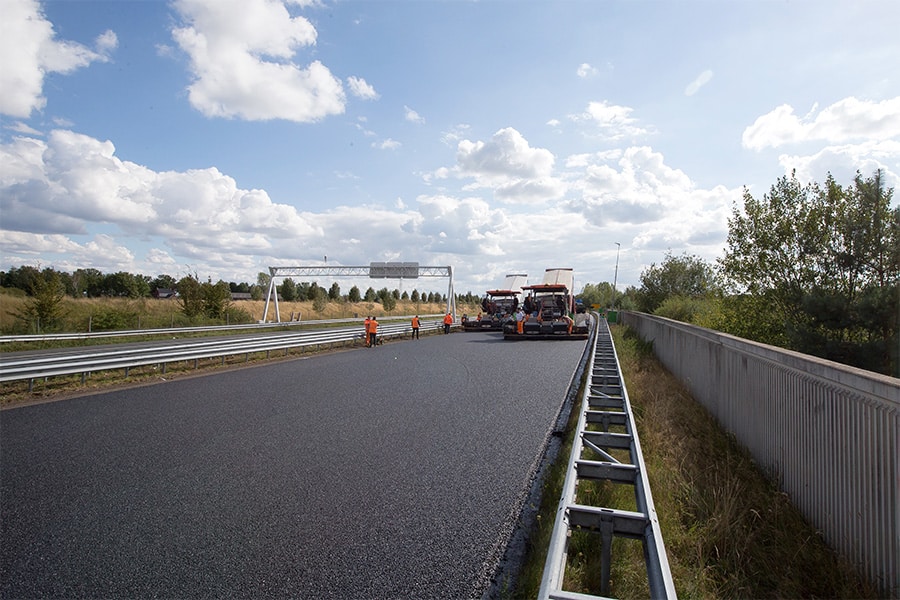
Rejuvenating cream
The industry has invested heavily in circular mixtures in recent years. "The percentage of reuse is quite high, for sub- and intermediate layers already 60-70 percent," states Knopperts. "The task now is to get the percentage of reuse higher in the top layers as well. For this, it is important that we mill carefully. Another challenge we now face is to ensure that the service life of the asphalt is extended much more. Because the longer the lifespan, the less often we need to intervene for maintenance or replacement, and that, of course, is better for the environment. Last year we took the decision to apply rejuvenation cream as standard. This inhibits the wear process of asphalt and extends its service life by at least three years. Another spearhead we are working on is accelerating the sustainability of asphalt production, from gas to electric or another sustainable energy source. Many power plants must be renovated or newly built. We are making agreements on this, working with the Ministry of Climate and Green Growth, which has a view of the energy landscape of the future. Finally, in time we need to evolve from fossil to sustainable bitumen, bio-based or another type of material."
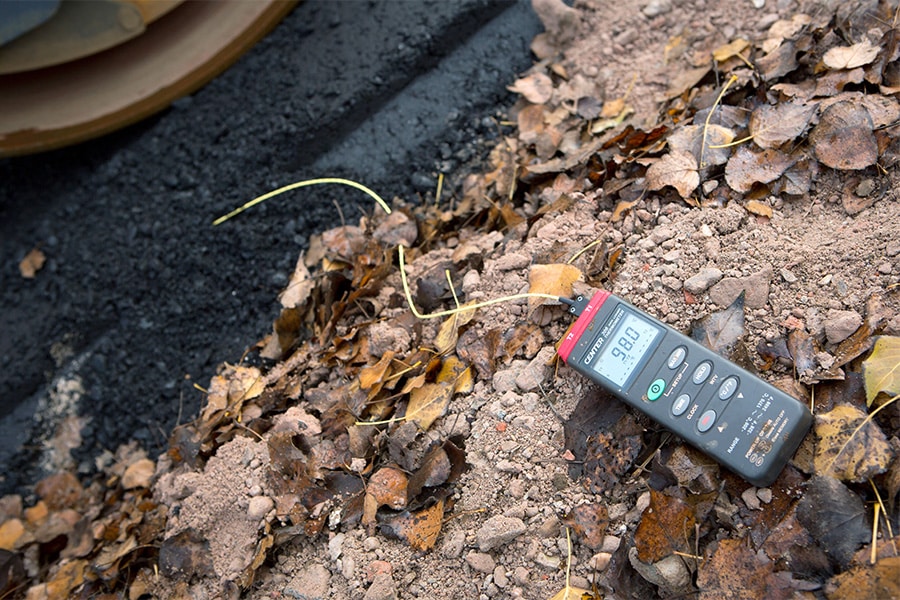
Innovation lane A58
According to Durville, asphalt life extension is not only interesting from a sustainability perspective. "The sector is also struggling with a tight labor market. Having to replace road pavement less often gives the sector a little more air. One reinforces the other." Rijkswaterstaat also offers the market and raw material suppliers the opportunity to test innovations and new variants in practice, in a pre-competitive phase, as in the innovation strip in the A58. "We also recognize that it often takes a very long time after that before an innovation actually lands in a project," says Durville. "A key focus point for us is that sustainable innovations are picked up well internally. Because presenting an innovation is one thing, then it has to go through all kinds of verification and validation processes. That used to be quite a struggle, but we're trying to accelerate that."
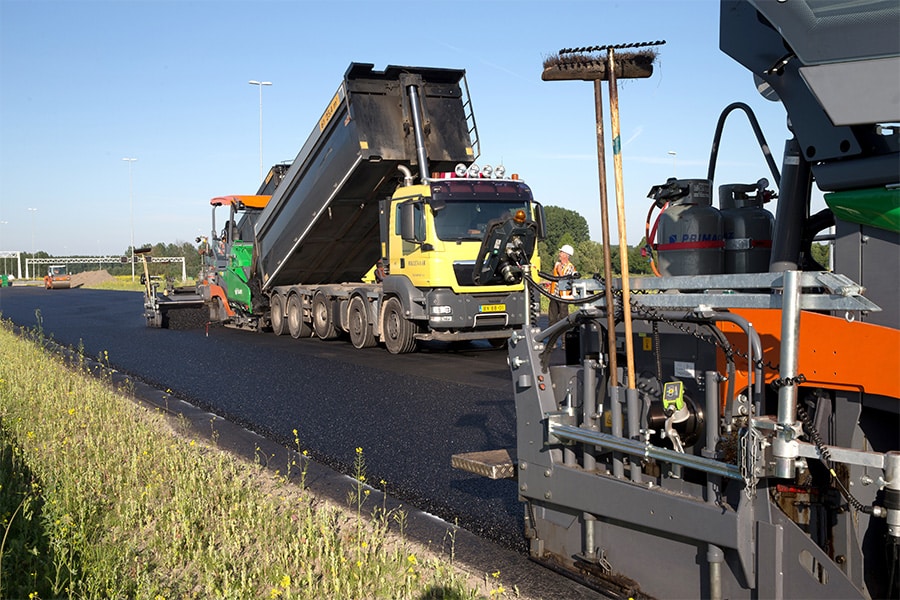
Accelerating innovation
Knopperts: "There are many parties focusing on mixture innovations. Each innovation has to be notified again and again in our validation process. Now there is a traffic jam of innovations. From the government and market parties, we have decided to take a smarter approach. So we are thinking about group validations, where we encourage companies working on similar innovations to work together more." Durville also emphasizes the importance of working together: "As Rijkswaterstaat, we take responsibility on behalf of the Ministry of Infrastructure and the Environment to make things more sustainable, but we cannot do that alone. We very much need the market to do that. We try to enthuse and stimulate them."
Leader platoon approach
Not all market participants have equal opportunities for sustainability. "Leaders would like us to set the bar very high in contracts," Durville knows. "But on the other hand, we don't want to lose companies, because ultimately we benefit from everyone in the sector making strides in CO2 reduction and sustainability. That's why we are always raising the bar a little higher in small steps, so that we continue to encourage frontrunners and others can stay on board. After all, entrepreneurs cannot do everything at once. But by offering them a long-term perspective, it is worth taking steps."
National Platform for Sustainable Road Paving
Rijkswaterstaat recognizes that the sustainability task requires broader support. "The National Platform Sustainable Road Paving aims to secure all changes for the entire sector. There are also frontrunners in provinces and municipalities. For market players, it is nice that everyone is thinking in the same direction, and that requirements and guidelines are defined in the same way. But most importantly, that the transition is taking place at the same speed. That makes it clear for entrepreneurs, and that is essential for the sector to make real strides and eventually arrive at a circular road infrastructure."
